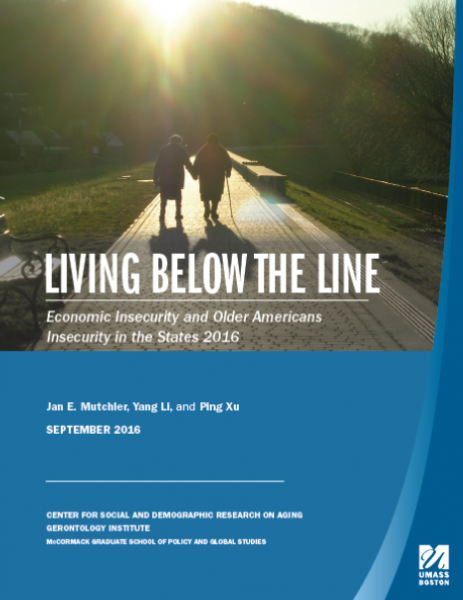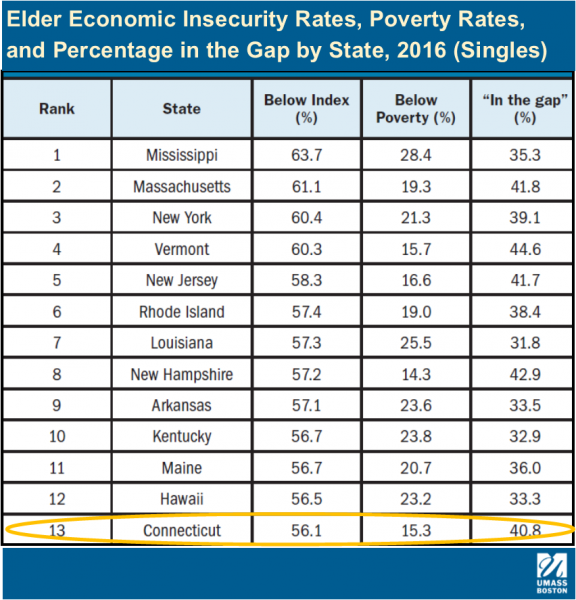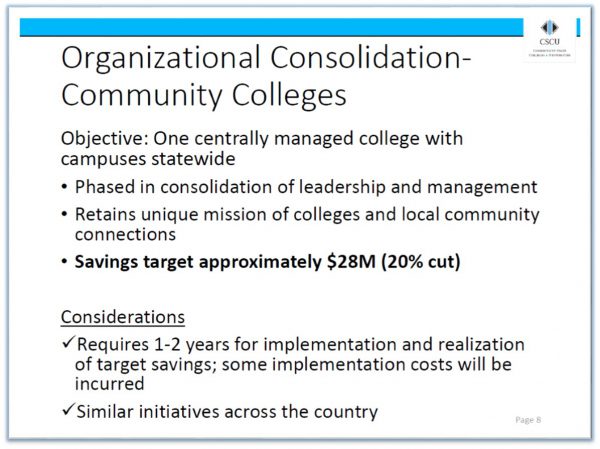by Taryn Stejskal
In the face of adversity, why do some people flourish while others fold?
The essential condition required to live a flourishing life is not found in the absence of challenge, but rather in a person’s ability to persevere amidst trials. Resilience is demonstrated in both positive and negative life events.
“Man never made any material as resilient as the human spirit.” - Bern Williams
What Resilience is Not – Merely Bouncing Back
Resilience is not merely bouncing back; it is so much more than elasticity and returning to where you began. It’s not more than merely marking time until the suffering recedes, it’s actively engaging in growth through the lessons life presents. As Andy Warhol said, “They always say time changes things, but you actually have to change them yourself.”
What Resilience is
As Rumi put it, “the business of being human” describes resilience.
Adversity is a trip we take. Resilience paves the road; it is the willingness to endure hardship and as a result, allow ourselves to be fundamentally and forever changed. For our effort, when we return from the journey, we receive gifts of greater confidence, strength, wisdom and compassion.
How does a person flourish during and after confronting challenge?
Five universal practices of resilience:
- Vulnerability: There is a struggle in every good life. There is life at the heart of every good struggle.
“Resilience is very different than being numb. Resilience means you experience, you feel, you fail, you hurt. You fall. But you keep going.” – Yasmin Mogahed
In our culture, there is shame bias: the belief that others’ adversity makes them more worthy, while believing our own adversity is shameful, making us less worthy.
When a colleague shared her 29 years of sobriety or a friend bravely overcame child abuse, I marveled at these living warriors with admiration! Yet sharing my own messy struggles make me cringe and panic at others’ responses.
Practice: Resilient leaders let their whole authentic selves shine, they allow their inside selves (thoughts, feelings, and experiences) to be congruent with their outside selves - the self they project to the world.
- Productive Perseverance: Choose the intelligent application of persistence.
“Patience, persistence and perspiration make an unbeatable combination for success.” - Napoleon Hill
As a result of my undiagnosed dyslexia, I didn’t read well until third grade. Later, I was determined to successfully pursue of my Ph.D. despite my learning disability. Conversely, when I was diagnosed with thoracic outlet syndrome, a condition that reduces blood flow to the arms and hands, I redirected my athletic pursuits away from collegiate swimming and took up running instead. We’ve all received conflicting advice: “Stay the course” versus “don’t be afraid to shift gears.”
Resilient leaders are able to navigate the polarity of this seemingly contradictory advice.
Practice: Develop the flexibility and intelligence to navigate the strategic dilemma of opposing forces. Know when to pivot and rethink the plan while maintaining the mission.
- Connection: Connectivity with those outside of ourselves.
“We rise by lifting others.” - Robert Ingersoll
A while back, I was assaulted at a concert. In the pit area next to the stage, a group of men cornered me and pressed their bodies aggressively into mine. Later, I was bruised and sore. Inside, I felt angry and violated. I wanted to disconnect from my body along with my purpose of teaching others to overcome adversity.
A wise colleague instructed me, instead of asking, “Why this is happening to me?” ask, “Why is this happening for me?” This question brought clarity in the midst of chaos. Countless women endure harassment, even far worse, and didn’t quit. If they could stay the course, I told myself, so could I. I owed it to them to keep going. My story foster connection with others and allows me to create something beautiful from something that, initially made me feel broken.
Practice: Connection with the perspective of purpose inspires greater meaning and closeness with others, and prevents us from being derailed from our path.
4.“Grati-osity:” Our difficulty may be ordinary - loss, hurt and tragedy, but the wisdom is extraordinary.
“It’s not happy people who are thankful, it’s thankful people that are happy.” - Unknown
Rather than allowing pain to make them stingy, resilient leaders allow adversity to amplify their experience through gratitude and generosity. Gratitude and therefore resilience, is not about praising the sorrow. It is about honoring the capacity for healing and growth that springs from suffering.
Practice: Be patient. Most people have to wait to realize the benefit that often follows this pattern: pain - patience - growth – “grati-osity.”
- Possibility: The ability to envision what could be versus what is.
“In order to love who you are, you cannot hate the experiences that shaped you.” - Andrea Dykstra
Having faced difficultly, resilient leaders can be inoculated against fear and perceived repercussions of failure, allowing them to see hope instead of hindrance, possibility instead of problems.
Practice: It’s an age-old tale, coming back after failure, standing up one more time than we fall down.
Adversity Quotient (AQ): The inability to be deterred by failure (not IQ or EQ), but the ability to persevere despite the odds, to acknowledge fear and failure, and to forge onward is the stuff of true success.
Resilience Gives Purpose to Our Pain
Resilience fosters growth and integration of all that we are, instead of compartmentalization. Resilience is wholeness. As in the Japanese art form, Kintsukoroi, the repairing of pottery with gold or silver lacquer, there is the understanding that the piece is stronger and more beautiful for having been broken.
_______________________________
Taryn Stejskal is Director, Global Senior Leadership Development & Assessment, Cigna. She is an award-winning high-energy doctoral-level talent development leader with extensive expertise in the design and delivery of high impact talent management processes including: assessment, leadership development, executive coaching, mentorship, selection processes, high potential identification and programs, competency analysis and validation, and succession planning. She has served as a board member for Leadership Greater Hartford. This article first appeared on the website of the Human Capital institute.

 Shaleen Title was jointly appointed in 2017 by the Massachusetts governor, treasurer, and attorney general to serve in the social justice seat on the Commission. Named to the Boston Business Journal’s 2018 list of the 50 most powerful people in Boston, she has won several awards for her advocacy work and her efforts to bring more women and people of color into drug policy reform and the cannabis industry.
Shaleen Title was jointly appointed in 2017 by the Massachusetts governor, treasurer, and attorney general to serve in the social justice seat on the Commission. Named to the Boston Business Journal’s 2018 list of the 50 most powerful people in Boston, she has won several awards for her advocacy work and her efforts to bring more women and people of color into drug policy reform and the cannabis industry.


 The four goals determined through the process that provide the framework for the report’s recommendations:
The four goals determined through the process that provide the framework for the report’s recommendations: In medical/dental integration, the report set as the state’s goals:
In medical/dental integration, the report set as the state’s goals:

 National Library Week is an annual celebration of the life-changing work of libraries, librarians and library workers. Libraries aren’t just places to borrow books or study, official explain, they’re also creative and engaging community centers where people can collaborate using new technologies and develop their skills and passions.
National Library Week is an annual celebration of the life-changing work of libraries, librarians and library workers. Libraries aren’t just places to borrow books or study, official explain, they’re also creative and engaging community centers where people can collaborate using new technologies and develop their skills and passions. On Thursday, April 12, 2018, at 11:00 a.m. Hartford Public Library will be one of six libraries working with USCIS to host Naturalization Ceremonies during National Library Week. Other sites hosting ceremonies during this week are: Danbury Public Library, Ferguson Library (Stamford), New Britain Public Library, Otis Library (Norwich), and Rockville Public Library (Vernon).
On Thursday, April 12, 2018, at 11:00 a.m. Hartford Public Library will be one of six libraries working with USCIS to host Naturalization Ceremonies during National Library Week. Other sites hosting ceremonies during this week are: Danbury Public Library, Ferguson Library (Stamford), New Britain Public Library, Otis Library (Norwich), and Rockville Public Library (Vernon).
 l funds for libraries.
l funds for libraries.



 The “significant reduction” and “phased in approach” for the “consolidation” of leadership and management at the colleges are described as the “first step towards a sustainable path forward.”
The “significant reduction” and “phased in approach” for the “consolidation” of leadership and management at the colleges are described as the “first step towards a sustainable path forward.”
 According to data highlighted by the National Partnership, in Connecticut more than 170,000 family households are headed by women. About 24 percent of those families, or 40,431 family households, have incomes that fall below the poverty level. Eliminating the wage gap, they suggest, would provide much-needed income to women whose wages sustain their households.
According to data highlighted by the National Partnership, in Connecticut more than 170,000 family households are headed by women. About 24 percent of those families, or 40,431 family households, have incomes that fall below the poverty level. Eliminating the wage gap, they suggest, would provide much-needed income to women whose wages sustain their households.
 “As soon as I set foot into an organic food store, I knew I wanted to get involved in organic farming and food manufacturing,” Carla Bartolucci explains. “After losing my parents, I couldn’t help but feel compassion for anyone suffering from disease or hardship, and creating good food, true and pure, was my way of caring for others.”
“As soon as I set foot into an organic food store, I knew I wanted to get involved in organic farming and food manufacturing,” Carla Bartolucci explains. “After losing my parents, I couldn’t help but feel compassion for anyone suffering from disease or hardship, and creating good food, true and pure, was my way of caring for others.” The slate of leading small businesses owners in Connecticut will be honored at the Annual Small Business Week Awards Luncheon at Gateway Community College in New Haven on May 2.
The slate of leading small businesses owners in Connecticut will be honored at the Annual Small Business Week Awards Luncheon at Gateway Community College in New Haven on May 2.

 Zippia first researched detailed data “on all places in Connecticut. However, in order to properly compare places in an apples-to-apples manner, we set a minimum population threshold of 5,000 people.” That left 46 places in Connecticut to analyze.
Zippia first researched detailed data “on all places in Connecticut. However, in order to properly compare places in an apples-to-apples manner, we set a minimum population threshold of 5,000 people.” That left 46 places in Connecticut to analyze.


























